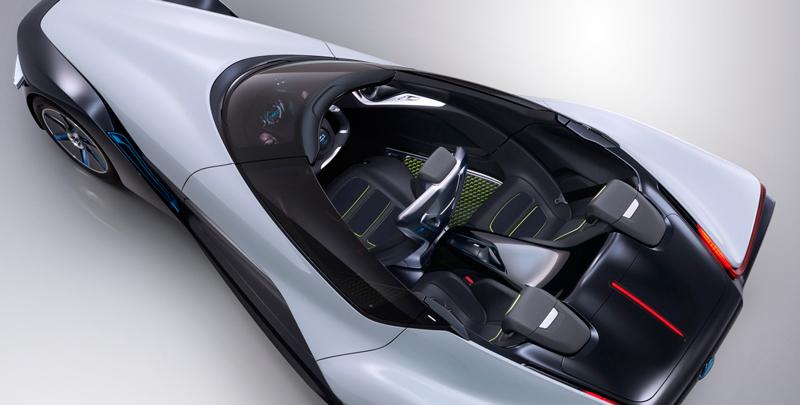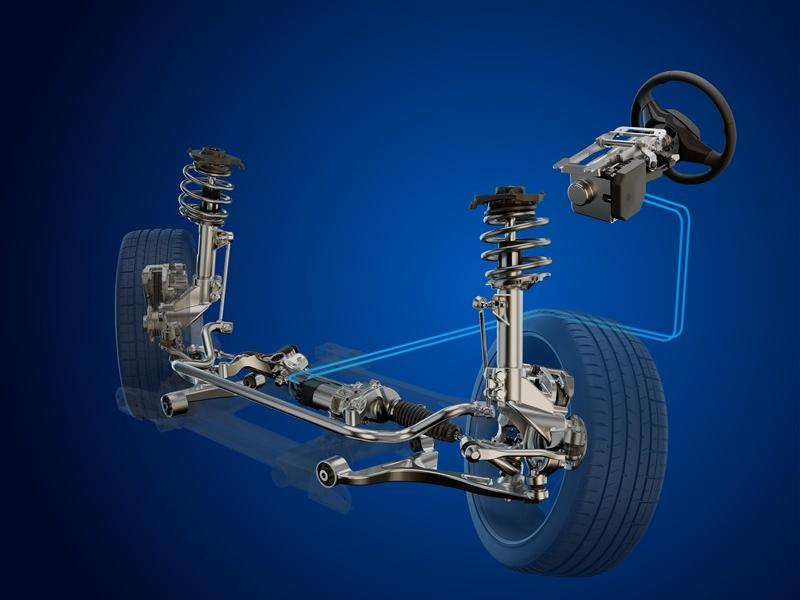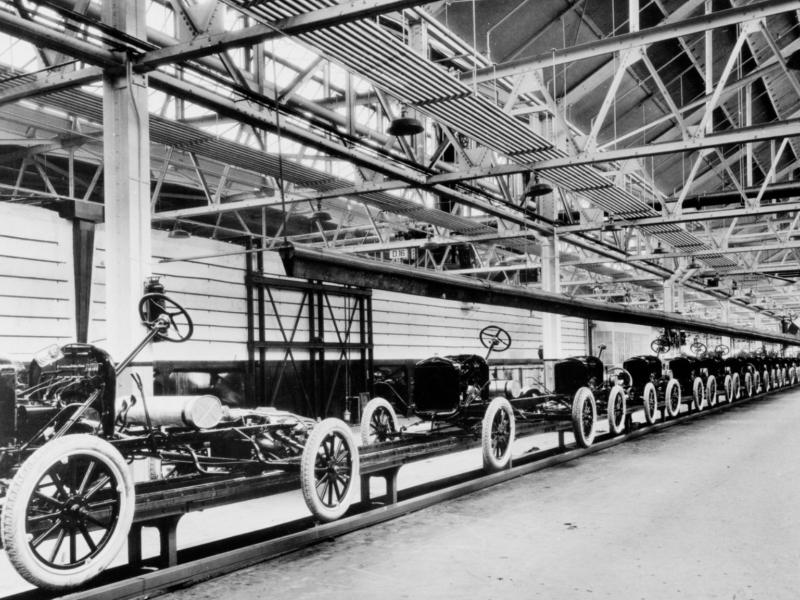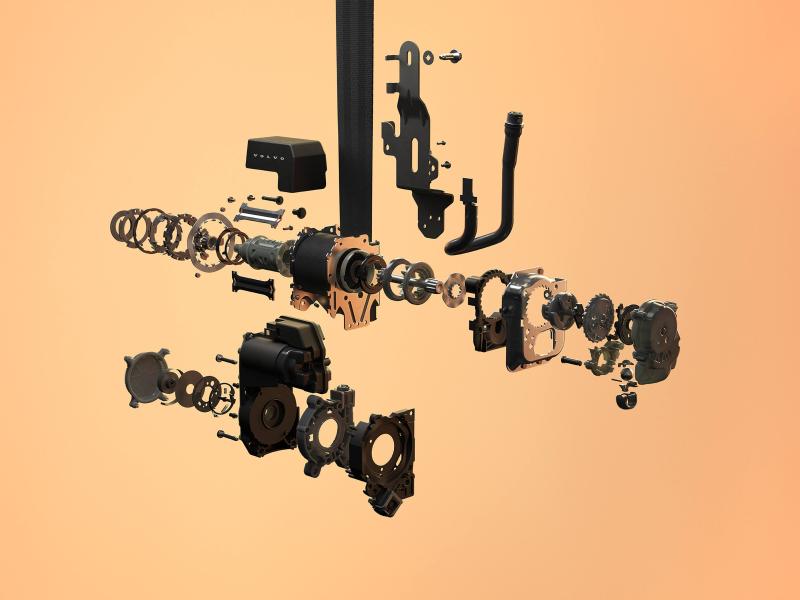Exactly 70 years after the debut of its first electric vehicle (EV), Nissan’s most advanced EV yet – the Nissan BladeGlider sports car – has taken centre stage at Goodwood Festival of Speed.
The 100 percent electric prototype spent Friday and Saturday in the thick of the action, with electrifying performances on the famous Hillclimb course.
The culmination of the weekend was a Sunday test session on the historic Goodwood Motor Circuit. Putting the all-electric BladeGlider through its paces was NISMO’s Lucas Ordóñez, who becomes the first professional racing driver to take the wheel of the three-seater.
Nissan’s EV success story began in 1947 with the launch of the Tama. This pioneering four-seater EV was available as a passenger car and a van, and offered customers a range of 65km on a full charge. It was initially developed by the Tokyo Electro Automobile, which later became part of Nissan.
Since the debut of the Tama in 1947, Nissan has established a rich heritage in zero-emission technology as a world leader in EVs. It pioneered the EV revolution with the launch of world’s first mass-market 100 percent electric passenger car – the Nissan Leaf – in 2010. The new second-generation Leaf will make its world premiere on 6 September.
Ordóñez, a former winner of Nissan’s GT Academy competition to turn computer gamers into racers, was thrilled by the opportunity to test drive the BladeGlider.
He commented: “Driving the BladeGlider round the famous Goodwood Motor Circuit has been a fantastic experience. It’s such an exciting car to drive, with so much torque from the moment you start. It’s great fun on a fast track like this, and so quick through the corners.”
The BladeGlider’s debut at Goodwood Festival of Speed helped showcase the Nissan Intelligent Mobility vision of a more confident, more connected and more exciting future for the brand’s models. The zero-emission prototype also supports Nissan’s #ElectrifyTheWorld movement, which is dedicated to harnessing conversations around sustainable energy use.
The BladeGlider was created to demonstrate the potential of a pure electric powertrain to satisfy the dynamic and performance needs of sports car enthusiasts. It has been developed by Nissan in association with its technical partner for the project, UK-based Williams Advanced Engineering.
The car has an advanced chassis configuration with a narrow front track and wider rear track for optimum aerodynamic efficiency and handling stability.
High-waisted, rear-hinged dihedral doors provide a dramatic entry and exit to the cabin. The open roof of Nissan BladeGlider is reinforced with an integrated roll-over protection structure, providing the exhilaration of an open-topped race car with the safety of a coupe.
Wheel-mounted controls for Nissan BladeGlider’s systems feed into an advanced display showing speed, state of battery charge, regeneration mode and torque map. Flanking the central display are two screens, with the images of rear-view cameras mounted just behind the front wheels. An alternative to door-mounted mirrors, this dual screen design improves the aerodynamic efficiency of Nissan BladeGlider.
The driver sits in arrowhead formation slightly in front of two passengers, who enjoy extended legroom. The view for all occupants is panoramic thanks to the seamless cockpit windscreen.
Power is 100% electric, with exceptional powertrain performance delivered by Nissan’s technical partner for the Nissan BladeGlider project, UK-based Williams Advanced Engineering. Maximum speed of the demonstration models is in excess of 190km/h, with 0-100km/h taking less than five seconds. The rear wheels’ drive is provided by two 130kW electric motors – one for each wheel.
The system features torque vectoring, controlling the torque delivered to the driven wheels, improving the handling even further. With torque vectoring, if the car starts to understeer, it automatically sends more torque to the outside wheel to restore the handling balance.
Designed to add to the driving experience rather than govern it, the torque vectoring system has three settings: off, agile and drift mode.
Power is supplied by a high performance, five module lithium-ion 220kW battery. Bespoke cooling systems have been developed for both the battery and the motors.
The interior of the Nissan BladeGlider reflects the vehicles’ sporting intentions, with four point safety harnesses for each occupant. The seats offer exceptional support to sides and legs of the driver and passengers. The seats are trimmed in a highly tactile blend of fabric and epoxy resin coating, resulting in a tough and grippy material that has the effect of comfortably securing occupants in place.






